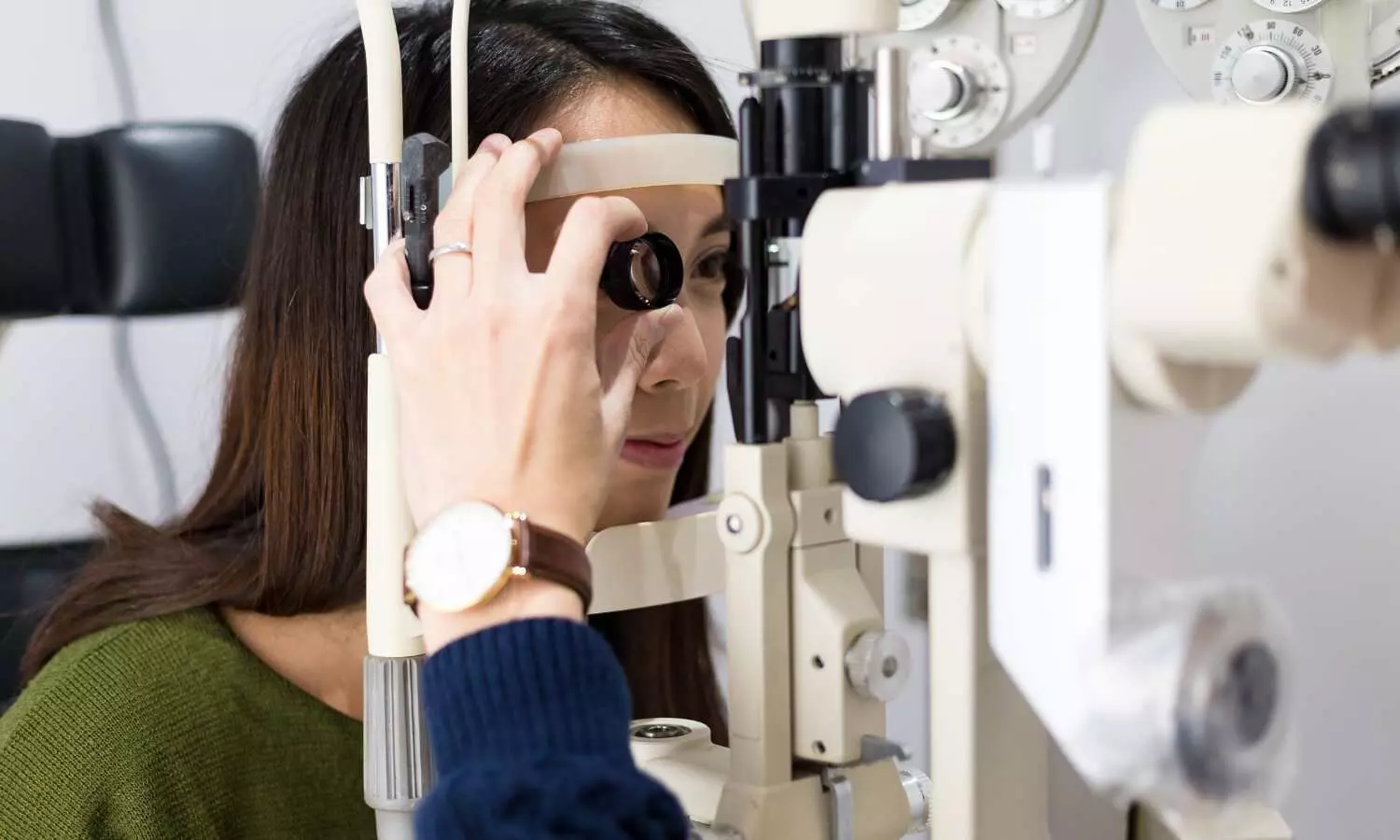Blue-Light Filtering Intraocular Lenses Slow Progression in AMD Patients: Study

A recent retrospective clinical cohort study investigated the impact of blue-light filtering (BLF) intraocular lenses (IOLs) on the development and progression of macular atrophy (MA) in patients suffering from neovascular age-related macular degeneration (nAMD). The key findings were published in the recent issue American Journal of Ophthalmology.
The study focused on patients who received anti-vascular endothelial growth factor (VEGF) injections and underwent cataract surgery from 2007 to 2018 with follow-up extending until June 2023. The research included 373 eyes of 373 patients with an average age of 78.6 years at the time of surgery. Of these, a total of 206 eyes were implanted with BLF IOLs while 167 received non-BLF IOLs. Both groups had comparable follow-up durations and baseline parameters, including age, gender, corrected distance visual acuity, macular thickness and the number of anti-VEGF injections.
A total of 86 cases of MA were identified which comprised 9 pre-existing and 77 new-onset cases. The distribution of new-onset MA was similar between the BLF and non-BLF groups showed no significant difference (P=0.399). Also, univariate Kaplan-Meier and multivariate Cox regression analyses were adjusted for age and gender, indicated no significant difference in the hazard of developing new-onset MA between the two types of IOLs (HR 1.236, 95% CI 0.784-1.949, P=0.363).
The study found that BLF IOLs did not significantly prevent the onset of MA but they were associated with a slower progression of the condition over time. At the final visit, the mean area of MA was significantly smaller in the BLF IOL group (5.14±4.71 mm²) when compared to the non-BLF IOL group (8.56±9.17 mm², P=0.028). Also, the annual increase in the MA area was also lower in the BLF IOL group (0.78±0.84 mm²) against the non-BLF IOL group (1.26±1.32 mm², P=0.042).
These findings of this study suggest that while BLF IOLs may not prevent the initial development of macular atrophy, they could play a role in reducing the progression of the disease. This could have significant implications for the long-term management of patients with neovascular age-related macular degeneration. Further research and studies are imperative to fully understand the mechanisms behind this effect and to validate these findings in larger and more diverse populations.
Reference:
Achiron, A., Trivizki, O., Knyazer, B., Elbaz, U., Hecht, I., Jeon, S., Kanclerz, P., & Tuuminen, R. (2024). The effect of blue-light filtering intraocular lenses on the development and progression of macular atrophy in eyes with nAMD. In American Journal of Ophthalmology. Elsevier BV. https://doi.org/10.1016/j.ajo.2024.04.018



